Improving Cooking With Cookware
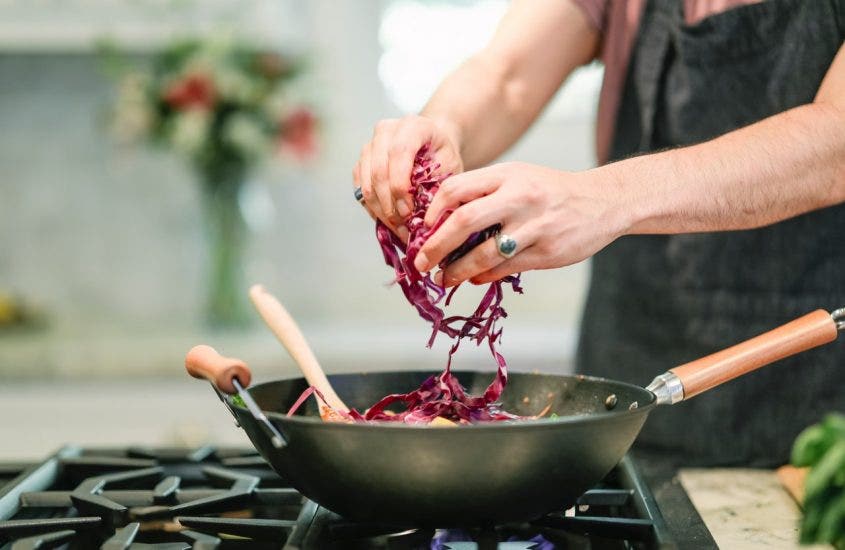
When it comes to cooking, we know that the devil is in the details. Whether it is a few extra minutes in the oven or that extra dash of salt, a mouth-watering meal can easily become the meal your family jokes about for years to come. Did you know that your cookware can also have an effect on your food? Below are some tips for using the cookware you have in your kitchen.
Types of Cookware
Aluminum
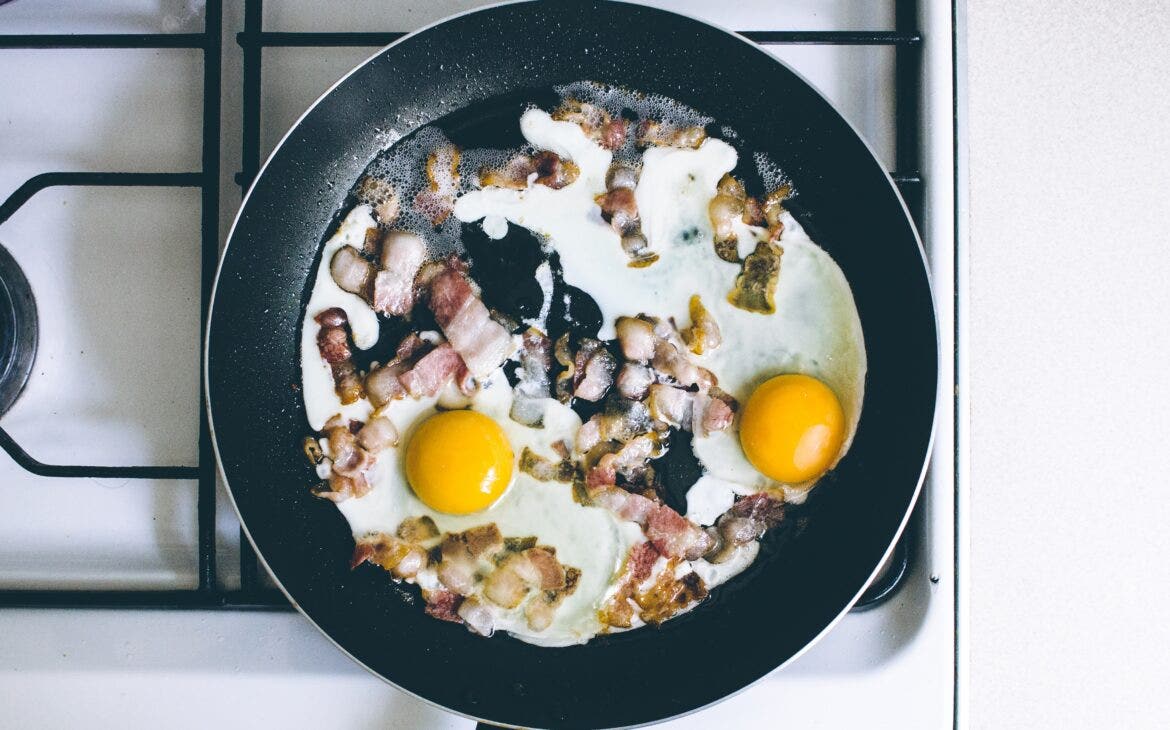
Aluminum is one of the most inexpensive options available for cookware. It is an excellent conductor of heat making it a great choice for sautéing and frying foods. The drawback of aluminum is that it reacts to acidic and alkaline foods, causing it to corrode and affect the taste of the food being cooked.
Aluminum pots and pans can be given a special coating to protect the metal from corrosion and make it stick-resistant; this is called anodized aluminum.
Tip: Hard water tends to darken aluminum. To remove stains, use cream of tartar or a cream of tartar and white vinegar combination.
Purchase an aluminum fry pan for your kitchen from Amazon here.
Stainless Steel
Stainless steel is a great material to use because it keeps its bright shine and has good tensile strength, preventing it from denting easily. It works for any type of pan because it does not corrode. It also does not react with alkaline or acidic materials like many other materials.
The problem with stainless steel is that it does not conduct heat well. To combat this problem, pots and pans made from stainless steel should have a thick aluminum or copper core in the bottom of the pan to help conduct heat more evenly and make the pan more responsive to heat.
A great stainless steel addition to your kitchen are sauté pans. These pans are often round in shape with higher sides to contain the smoke. This will also help funnel the air to your range hood. Try cooking sauces, vegetables, and much more in your stainless steel sauté pans. You won’t be disappointed.
Check out this highly-rated stainless steel cookware set from Amazon!
Tip: Stainless steel cookware is dishwasher safe but the drying process can cause the water spots. To avoid water spots, remove the pan from the dishwasher before it is dry and wipe with a soft cloth.
Copper
Copper conducts heat evenly and is very responsive to heat. It heats up quickly and will also cool down quickly when removed from the heat, preventing sautés and delicate foods from burning and becoming overdone. Because copper distributes heat so evenly and efficiently, it is the best choice for frying and sautéing, but it is also a good choice for many other cooking methods.
This non-stick copper cookware set from Amazon is a great addition to your kitchen.
TIP: Avoid using abrasive materials to clean. Use copper polish to keep copper from tarnishing and free from white spots. The interior should be re-tinned every couple of years, depending on usage.
Cast Iron
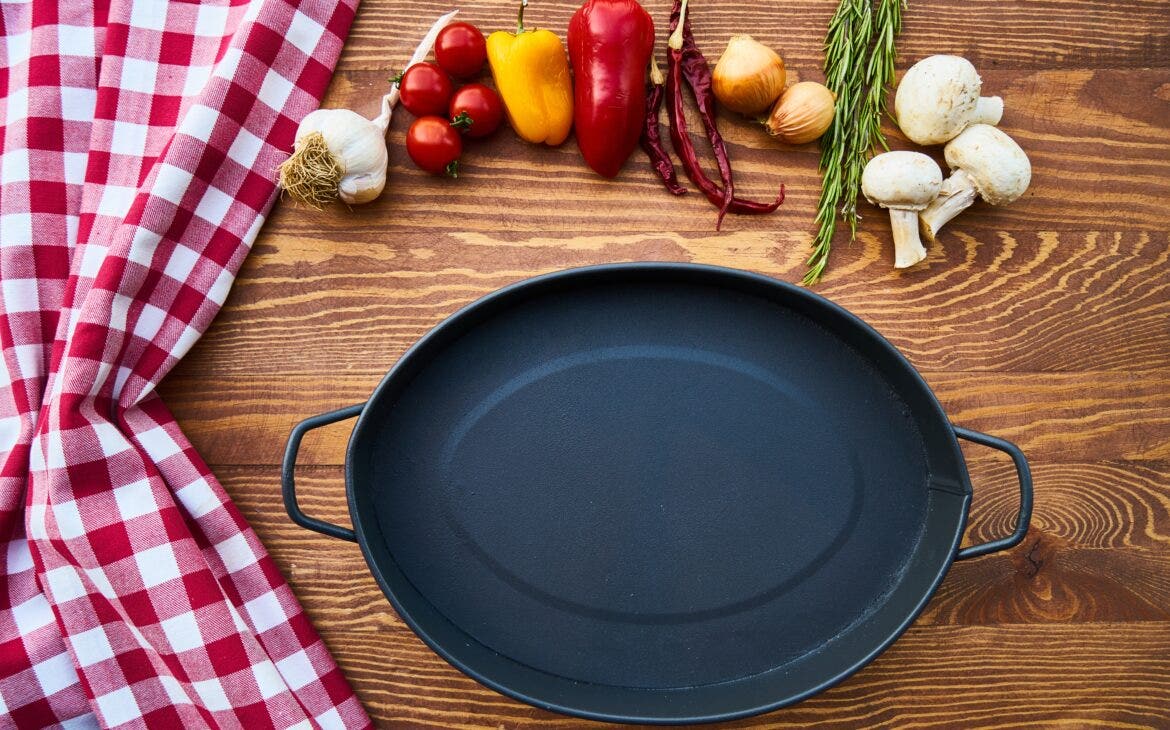
Cast iron conducts heat evenly. It heats slowly but once it is hot, it holds the heat well. This makes it good for deep frying and slow-cooking. It can be used on top of the stove and in the oven. Cast iron is one of the most durable pieces of cookware you can use.
Although it is very susceptible to rusting and can wear down quickly, your cast iron will last a lifetime if properly seasoned. This will help rust from forming as well.
A cast-iron dutch oven is a great option for your kitchen. You can cook a wide variety of foods including sauces, soups, pasta, and meats both on the stovetop and in the oven. Cast iron cookware is durable and thus ideal for slow-cooking foods. Some Dutch ovens are made of aluminum as well, which is a more inexpensive option. Be sure that your aluminum dutch oven is anodized to prevent corrosion.
Here is without a doubt the best cast iron skillet you’ll find on Amazon. It has over 30,000 reviews!
Tip: To prevent the pan from rusting, make sure your cast iron is “seasoned.” Seasoning the cast iron means removing any excess moisture by setting it on the stove over high heat until all moisture has evaporated and coat with vegetable oil before storing it.
How do you season it? First, be sure to clean the pan of any excess food from your last meal. Then, put the cast iron skillet on low heat and add a layer of vegetable oil to the bottom. Finally, place it in the oven.
Also, avoid washing this pan with soap or in the dishwasher. Instead, use only water (after it has been seasoned) and wipe the skillet clean when warm.
For more details on how to clean and season a cast-iron skillet, check out the video below.
Your ideal cookware will depend on your cooking style and personal preference. It may take some time to figure out which cookware is best for you.




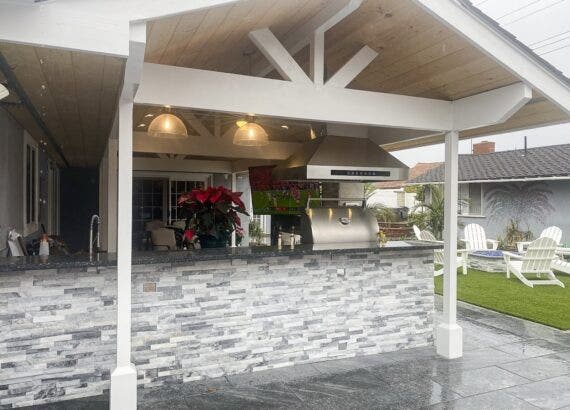
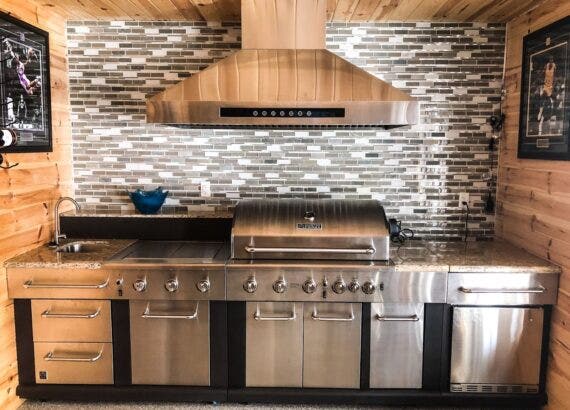
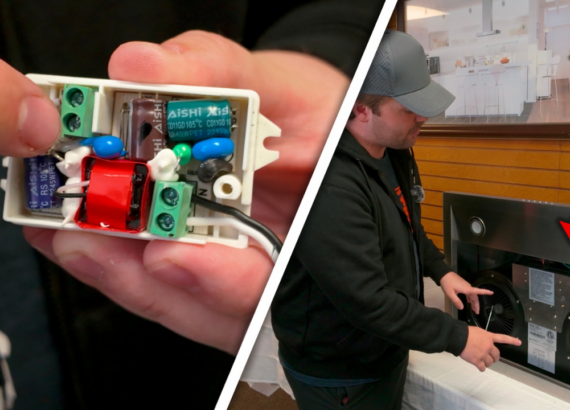
Comments are closed.